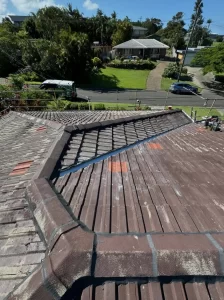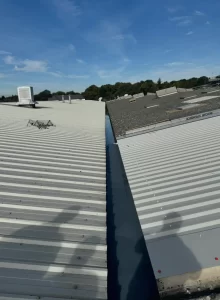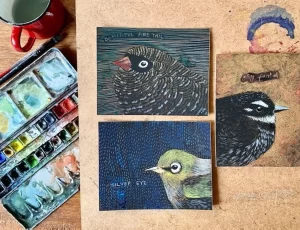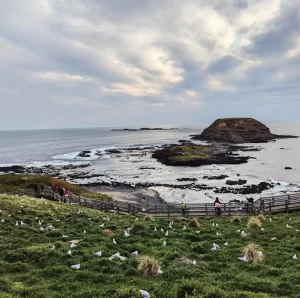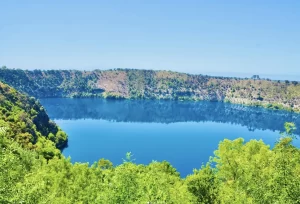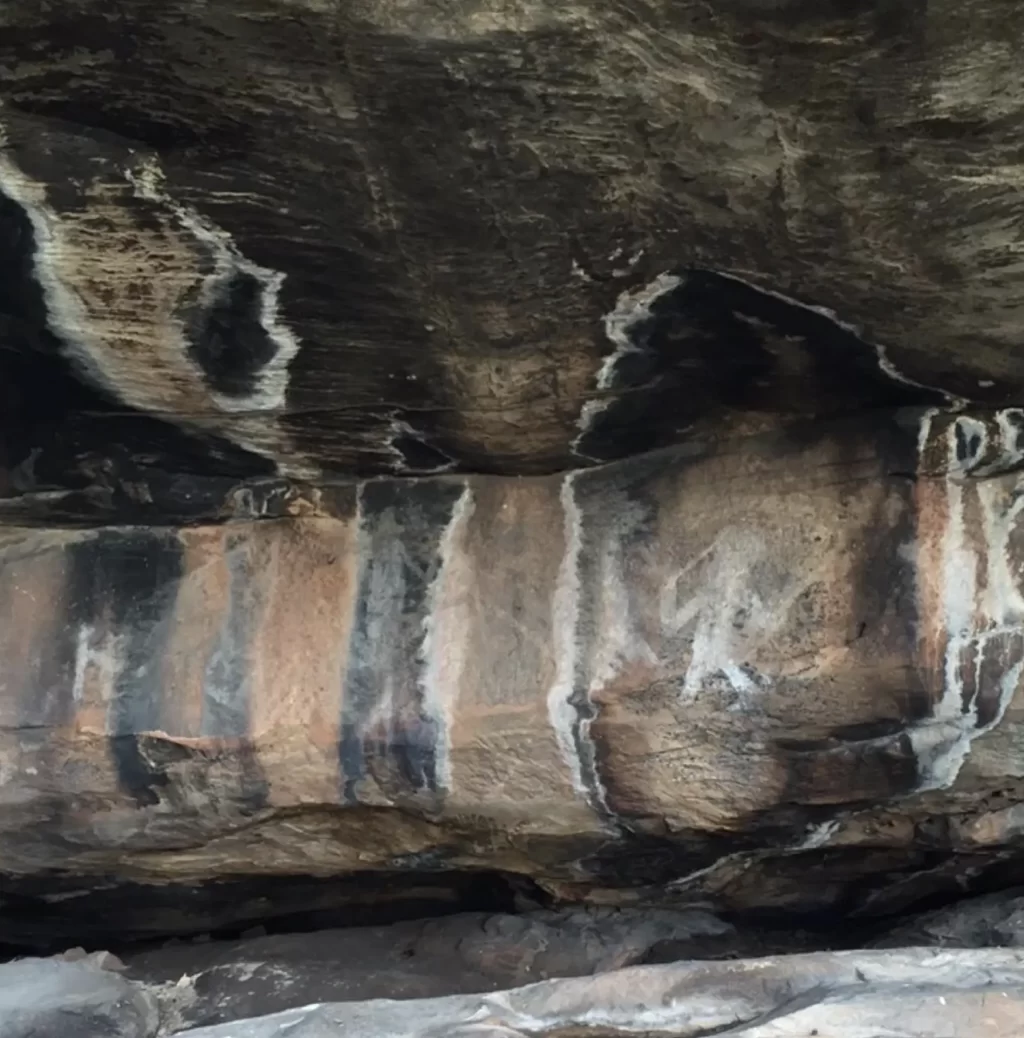
The Grampians National Park, or Gariwerd as it’s known to the traditional owners, is a treasure trove of cultural and historical significance. In the heart of Victoria, Australia, this place is not just for nature lovers but also for those who want to dive deep into the history of Indigenous Australians. Famous for its rugged mountains, cultural landscape and ancient rock art sites, the Grampians is home to one of the largest collections of Aboriginal rock art in southern Australia. This amazing place is an outdoor gallery of Indigenous history and culture.
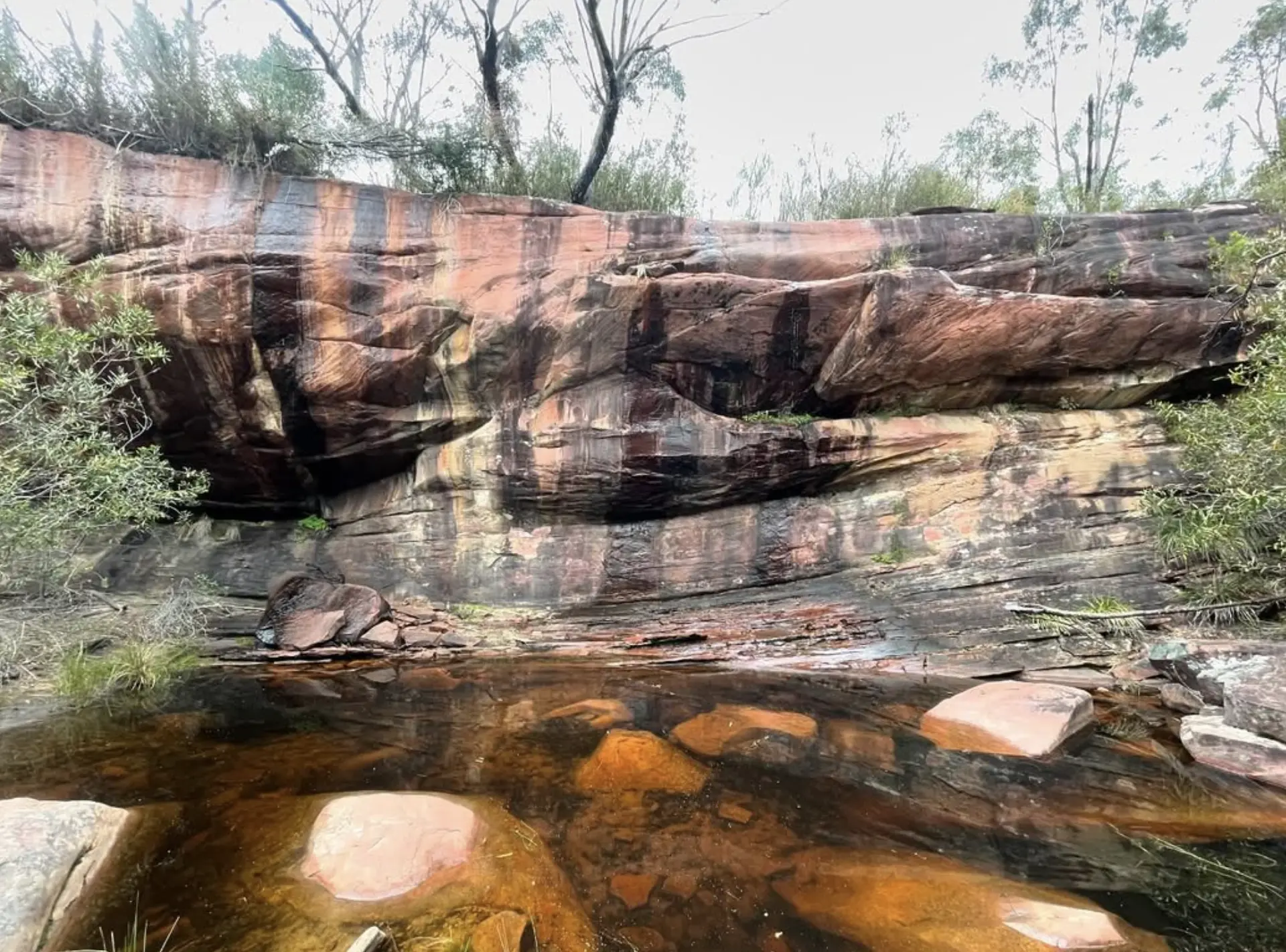
Indigenous Rock Art
The rock art in the Grampians is a testament to the enduring culture of the Jardwadjali and Djab Wurrung people. These artworks were created thousands of years ago and depict symbols, human figures and animals, giving insight into the spiritual and everyday lives of the people who created them. Each site has a unique story and connects visitors to the traditions and beliefs of the local Indigenous communities.
Rock Art Sites to Visit
- Ngamadjidj Shelter Near Mt. Stapylton. White rock art paintings on the rock walls. Believed to be spirits or ceremonial practices. Cultural heritage.
- Billimina Shelter In the Victoria Range. Motifs include bar-like patterns thought to be counting or storytelling. Rocky outcrops and rugged landscape. Popular with visitors.
- Manja Shelter is Known as the “Cave of Hands”. Handprints and other markings. It is one of the most accessible rock art sites in the park.
- Gulgurn Manja Shelter: Lots of rock art. Self-guided walk through the sandstone ridges and gullies of the Grampians day trip.
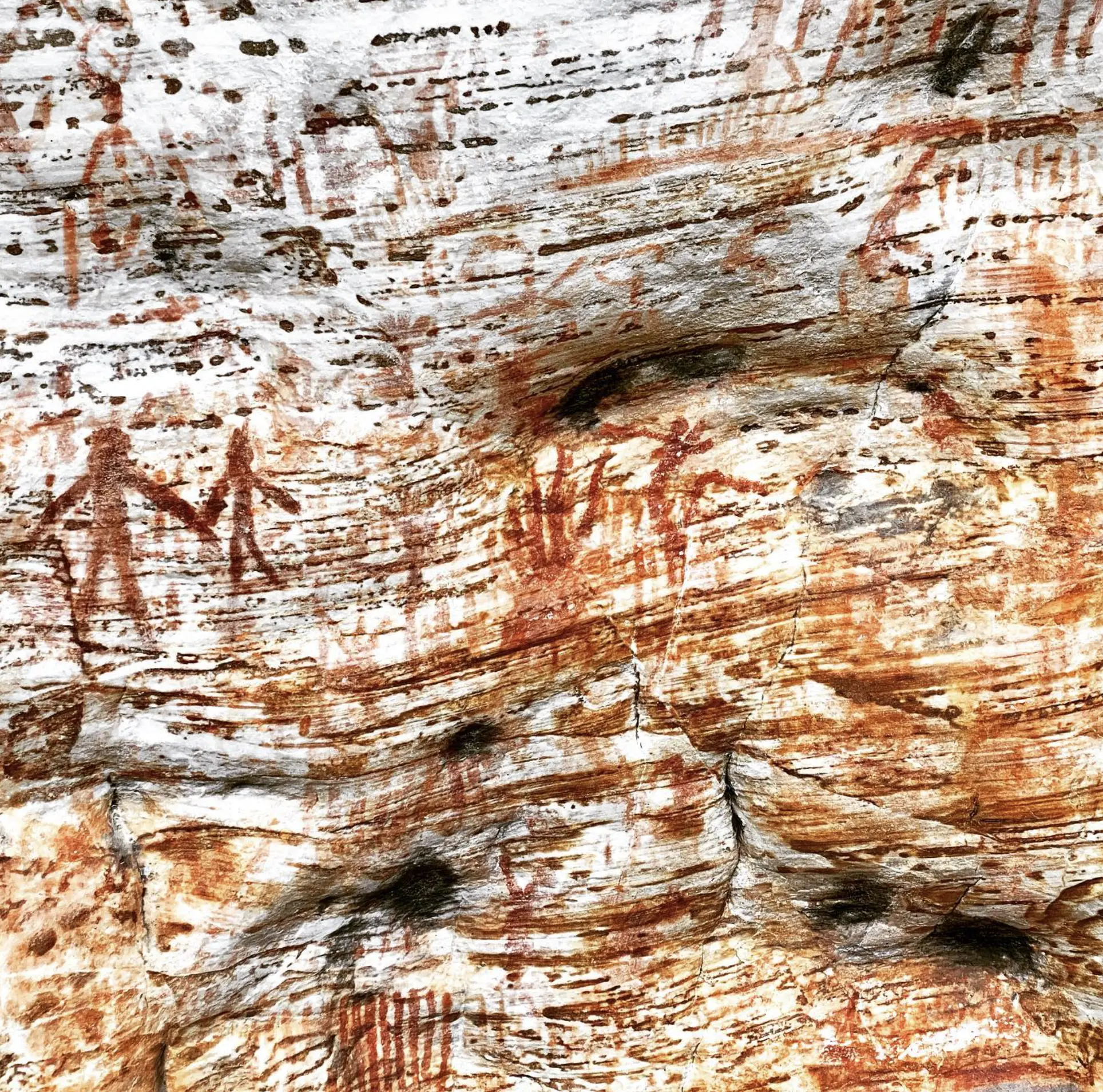
Art Style and Meaning
Aboriginal rock art in the Grampians reflects the spiritual beliefs and practices of the people who created it. Art style varies across sites, some have massive rock overhangs with intricate paintings of animal tracks, ancestral figures and creation stories. These sites are an interpretive display of ancient traditions and cultural history.
Respect and Protection
When visiting these sacred sites, please be respectful and mindful. Aboriginal rock art is fragile and irreplaceable. Protection relies on visitors following the guidelines of staying on the paths, not touching the art and not littering. Park rangers and cultural talks at the Brambuk National Park and Cultural Centre will give you valuable information on how to protect these heritage-listed landscapes.
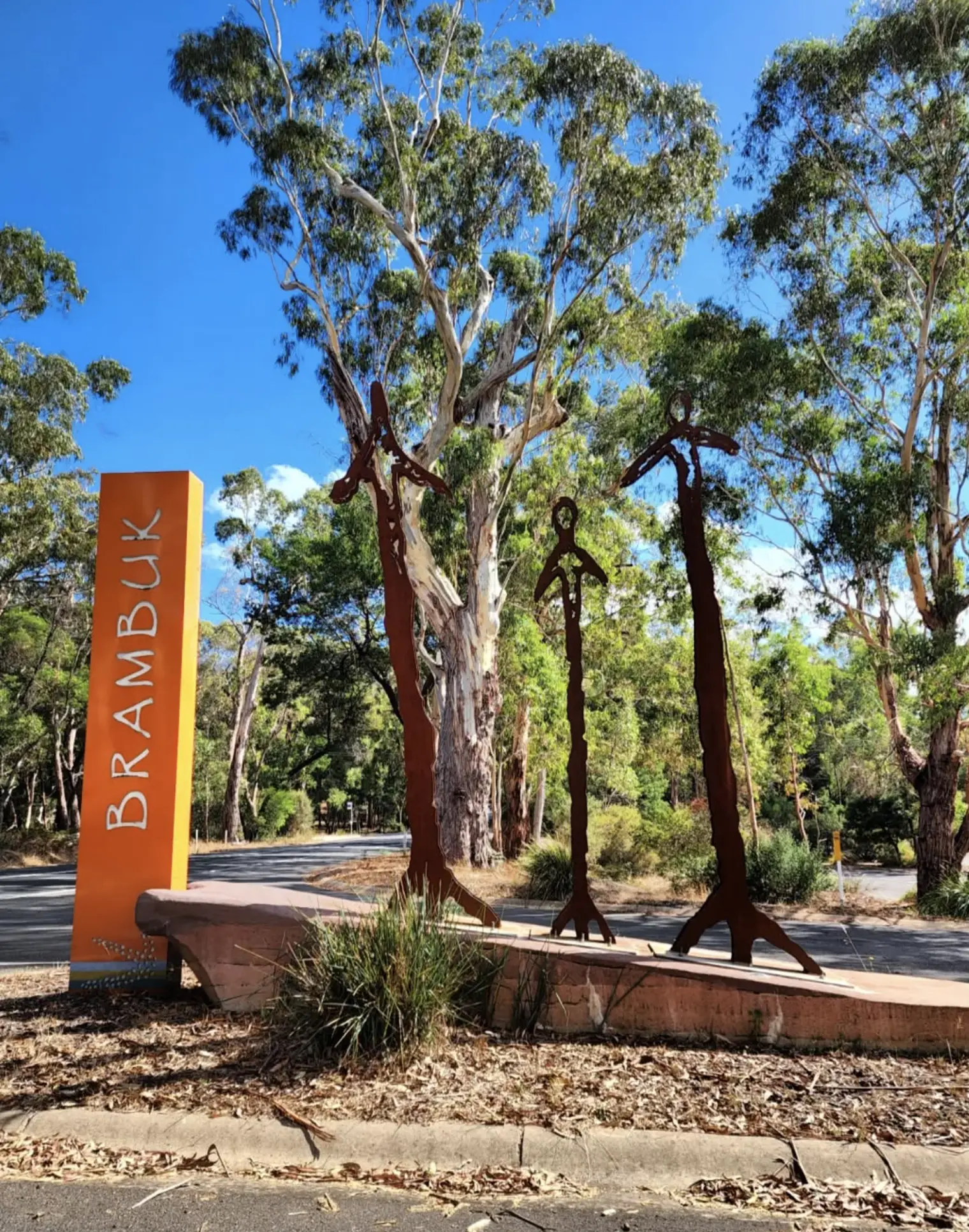
Activities Beyond the Rock Art
The Grampians is not just a cultural hub but an adventure playground. After visiting the rock art sites you can bushwalk, wildlife spot or climb the peaks of the Grampians’ rugged mountains. The park is full of kangaroos and native wildlife. Scenic lookouts and panoramic views of the mountain ranges offer great photography opportunities.
Other activities include visiting art galleries with private galleries and displays of art inspired by Indigenous culture. Ancient oven mounds and artefact displays will give you an insight into the daily lives of the original inhabitants of the region. Outdoor activities such as hiking through unique rock formations and exploring sheltered gullies are a natural oasis for visitors.
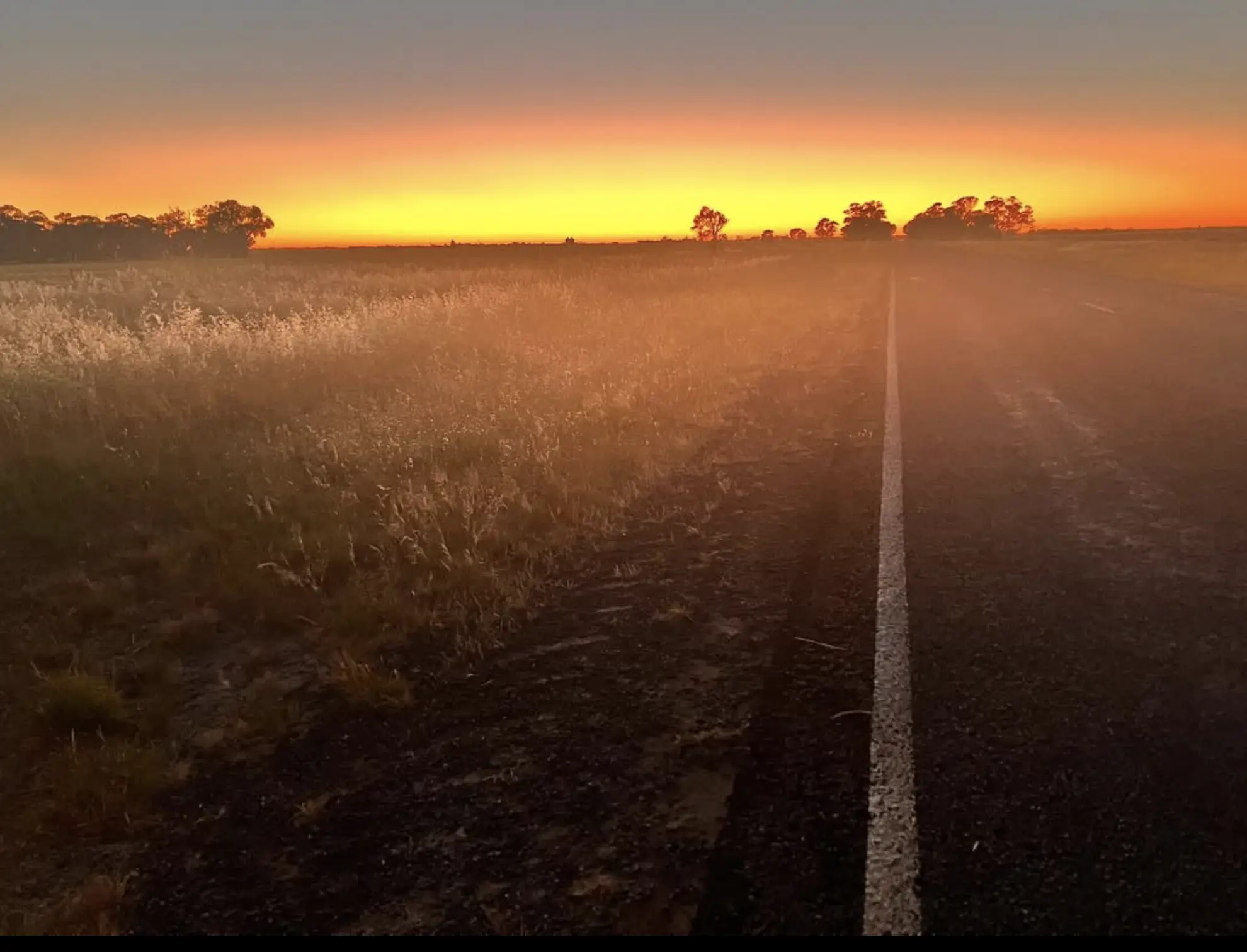
Cultural Experiences and Heritage
At the Brambuk National Park and Cultural Centre you can experience award winning cultural centre displays and cultural talks. The centre is the gateway to the rich heritage and cultural history of the Grampians. The annual exhibition and additional activities such as interpretive walks and art exhibitions will give you an insight into Aboriginal traditions and ancestral stories.
The Grampians is a land of Aboriginal stories and creation stories, so it’s a must visit for those interested in ancient traditions and spiritual figures. The rocky outcrops, rock shelters and ancient campsites scattered throughout the park are a testament to its cultural significance.
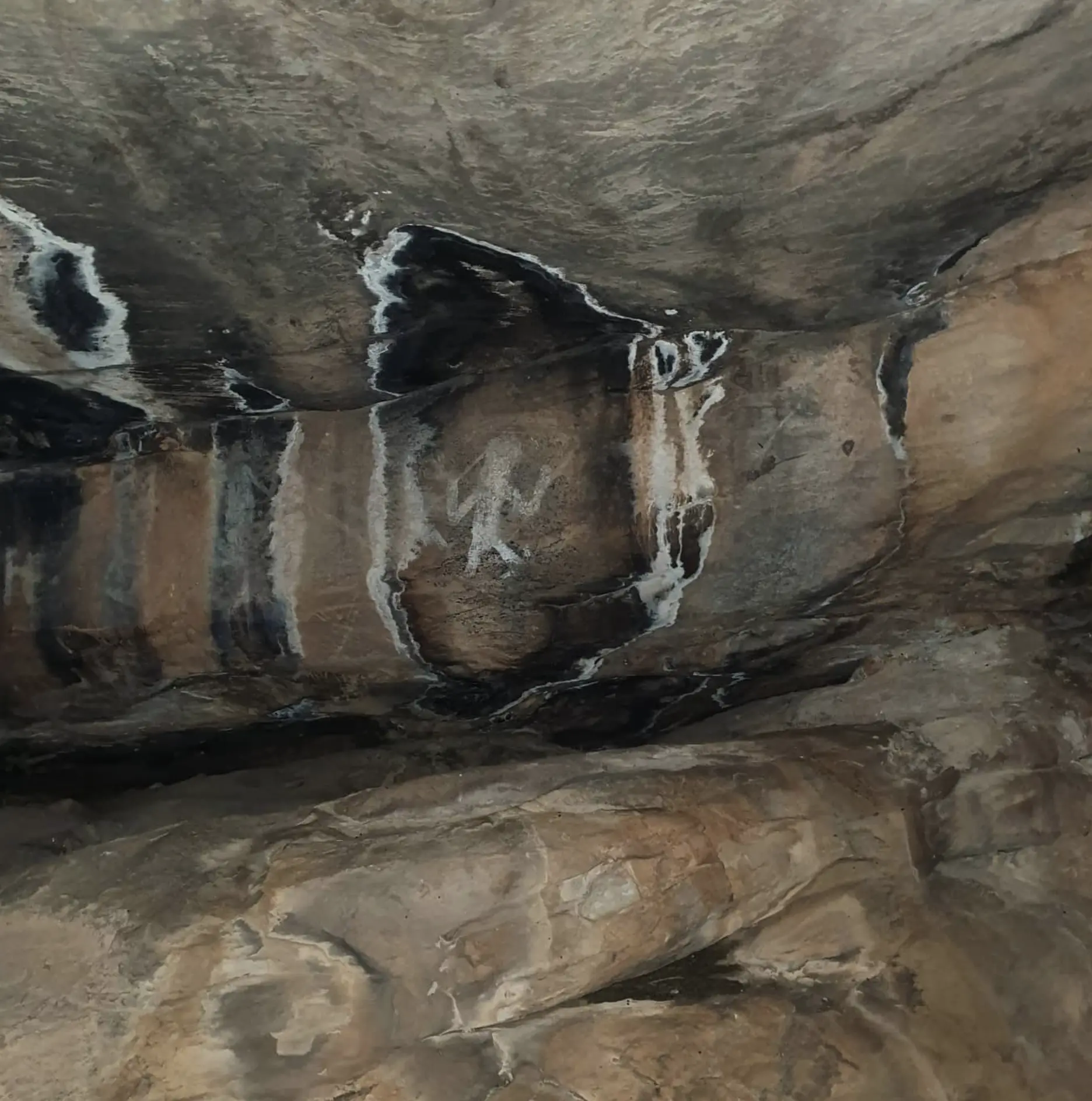
Plan Your Visit
Spring and autumn are the best times to visit the Grampians, as the weather is mild and perfect for getting out and about. Guided Grampians tour and self-guided walks are recommended to get a deeper understanding of the cultural and historical significance of the sites. Main roads lead to the key attractions, so it’s suitable for day visitors and long stayers alike.
With the Grampians region, the park has so much to offer, from ancient rock art to pastoral scenes and wildlife. Take in the views, mountains and spirit inspired art spaces that are this Australian landscape.
Conclusion
The Indigenous rock art in the Grampians are more than just history, they are a living legacy of Australia’s first peoples. A visit to these sacred sites will give you a deep connection to the past and a greater understanding of the region’s cultural diversity. Whether you’re a history buff, an adventurer or a curious traveller, the Grampians day tour from Melbourne will take you on an unforgettable journey through ancient stories, stunning landscapes and culture.
FAQ
What is the meaning of the rock art?
The rock art in the Grampians represents the cultural, spiritual and everyday life of the Indigenous Jardwadjali and Djab Wurrung people. It’s a historical record and a link to their traditions and beliefs.
Are the rock art sites open to visitors?
Yes, several rock art sites are open to the public, including Ngamadjidj Shelter, Billimina Shelter and Manja Shelter. Guided Grampians National Park tour and self-guided walk are available to get more out of the experience and get cultural insight.
How can visitors help protect the rock art?
Visitors can help by following guidelines such as staying on the tracks, not touching the art and not littering. Respect is key.
What else can I do in the Grampians?
Apart from rock art, visitors can hike, watch wildlife, drive scenic routes, visit the Brambuk National Park and Cultural Centre and get outdoors.
When should I visit the Grampians?
September to November and March to May are the best times to visit, as the weather is mild and perfect for getting out and about.
